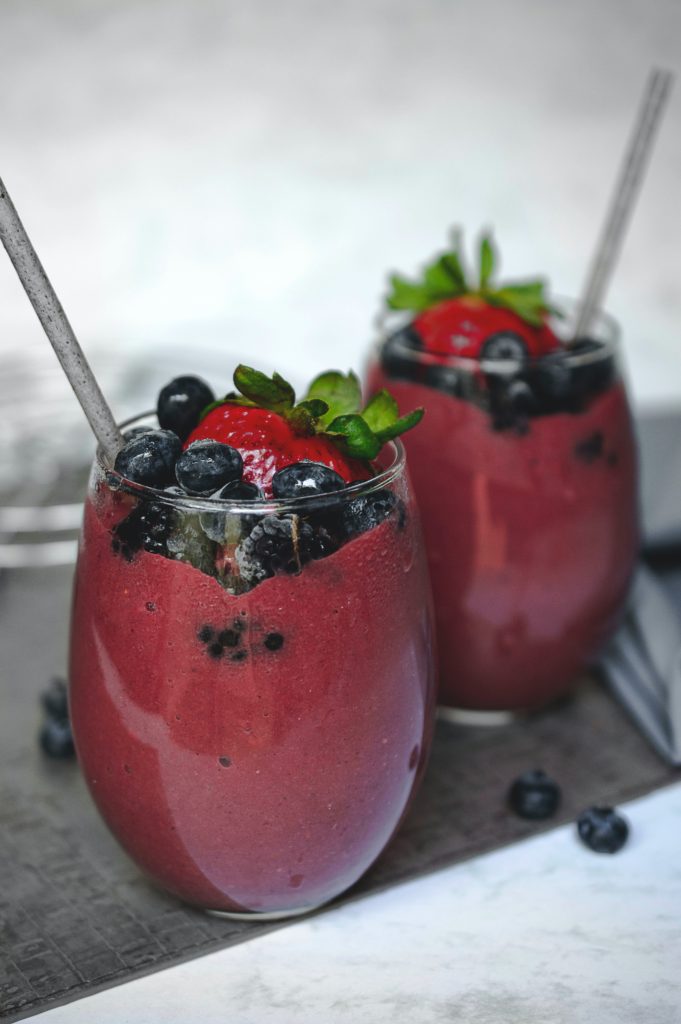All fields are required
Posted in Our Blog,Outbreaks & Recalls,Salmonella on October 27, 2020

Who doesn’t enjoy a good juice bar?! I certainly enjoy a delicious smoothie from time to time. Unfortunately, even fresh fruits and vegetable can become contaminated with Salmonella. Currently, officials are investigating a juice bar salmonella outbreak, that has left two people hospitalized in Woodbury, MN. Approximately 700-1000 Salmonella infections are reported each year in Minnesota.
Anyone can become sick with a Salmonella infection. Contaminated food does not usually show signs of contamination. It appears totally normal and does not look, smell, or taste spoiled. According to the CDC infants, children, seniors, and people with weakened immune systems are at higher risk of serious illness because their immune systems are fragile.
Officials are investigating an outbreak of Salmonella Paratyphi B linked to the NéktƏr Juice Bar in Woodbury, MN. At least 9 people have been affected by the outbreak, 2 of which ended up in the hospital. However, most people infected with Salmonella do not seek medical care, leading health officials to believe that additional people are likely infected. Fortunately, all of the people currently known to be infected, are on the mend and haven’t experienced any serious complications.
According to the Minnesota Department of Health, “The investigation to date has found that the cases consumed a variety of menu items — juices, smoothies, or bowls — from NéktƏr Juice Bar in Woodbury from mid-August to Sept. 20. It is possible that infections in people who became ill after visiting the establishment more recently have not yet been detected.” The investigators continue to interview patients in an attempt to identify a specific food or drink responsible for the contamination.
Fresh squeezed juices and smoothies made with fresh ingredients are great sources of vitamins, minerals and living enzymes. Not only are they delicious, consuming them can provide our bodies with a great variety of the daily nutrients we need. They’re great as a quick breakfast, snack, or post workout re-fuel. My son and I often enjoy chocolate peanut butter protein smoothies for breakfast.
NéktƏr Juice Bar is a California based company that was founded in 2010. There are currently 100 stores operating throughout the U.S. According to their website, they’ve received multiple recognitions for offering fresh, clean, and nutrient-rich juices, smoothies, acai bowls, and healthy snacks. Don’t fret, you can feel still feel safe ordering your favorite smoothie. Authorities reported that the Woodbury juice bar has cleaned, and sanitized its location and restocked ingredients.
Most people infected with Salmonella, such as those effected by the juice bar Salmonella outbreak, develop symptoms within 8 to 72 hours, and recover within a few days without specific medical treatment. Possible signs and symptoms include:
Symptoms usually last up to seven days. However, the diarrhea may last up to 10 days, and it may take several months for the bowels to return to normal. A few varieties of Salmonella bacteria can result in Typhoid Fever, a disease that can sometimes be deadly. Fortunately, however, Typhoid Fever is more common in developing countries.
The Centers for Disease Control and Prevention (CDC) estimate that each year in the U.S., there are about 1.35 million cases of salmonellosis, with 26,500 hospitalizations and 420 deaths. Contaminated food is the source for most of these cases. Salmonellosis is the second leading cause of foodborne illness in the U.S., after norovirus. Most people who become infected with Salmonella, contract the bacteria from eating raw or undercooked meat, poultry, or eggs, raw or unpasteurized milk and other dairy products, or raw fruits and vegetables that have been contaminated. People can also become infected by handling contaminated food and then accidentally transferring the bacteria from their hands to their mouth. If the bacteria get on to their hands or clothes, people can easily spread it to other people, objects, and surfaces.
Our pets are family, unfortunately, we can also contract Salmonella bacteria from them. Pet food is sometimes the source of Salmonella infection. If people handle contaminated pet food or a contaminated utensil and then touch their mouth, they can accidentally ingest the bacteria. Pet food that contains raw or uncooked meat is more likely than processed pet food to test positive for Salmonella. Many animals, especially cattle, chickens, rodents, reptiles, and amphibians, can naturally carry Salmonella in their intestines and show no signs of illness. People can get salmonellosis from handling these animals. Salmonella can also get on the inside and outside of cages, aquariums and terrariums. Feeder rodents fed to some pet reptiles and amphibians can be a source of the bacteria. Direct contact with feeder rodents or contaminated items in animal habitats can spread Salmonella to people.
Don’t worry, it’s fairly easy to avoid contracting Salmonella bacteria. If you want to prevent yourself or others from being exposed to Salmonella, like in the juice bar salmonella outbreak you need only to take proper precautions. Wash your hands after handling raw meat or eggs. Cook meat and eggs thoroughly before consuming. Properly clean the food prep area after preparing raw meat or eggs. Avoid cross contamination by keeping raw meat and eggs separate from other food in the refrigerator. Make sure that all food is stored at appropriate temperatures. Thoroughly wash all fruits and vegetables before eating them, whether or not you intend to cook them. Follow food recalls in order to avoid recalled food products, and check your favorite restaurants to be sure that they are following proper sanitizing, food handling, and food storage guidelines.
By: Michelle Galadik
Notifications